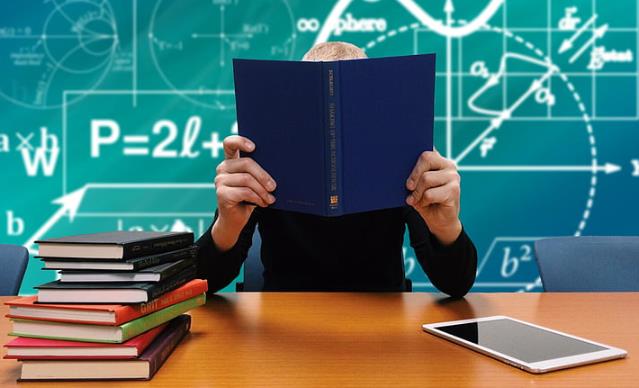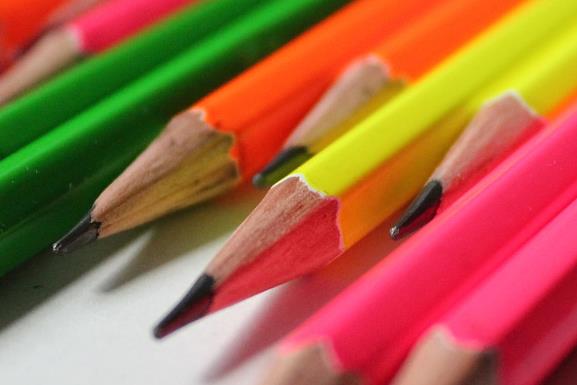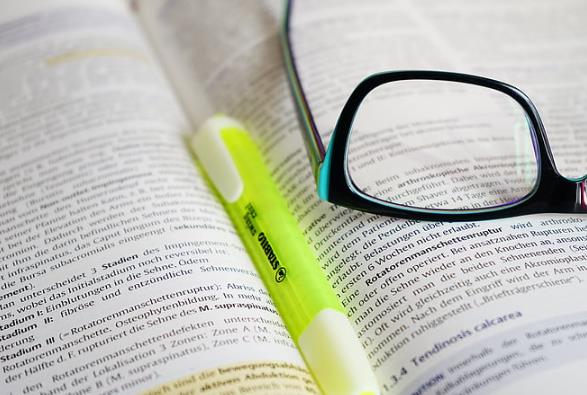四年级的小学生合适什么样的英语课外读物? 在浩瀚书海中为学生找寻合适阅读的英语材料并不是易事,既要合适其年龄,又要合适其阅读水平。假设阅读书籍过于简单,他们则会感到无聊,...
小学教案

一、单词:
1. prince 王子
2. fairy 仙女
3. sad 伤心
4. because因为
5. back 回来
6. fit 适合
7. hurt受伤
8. Late迟的,晚的
9. tale故事
10. hurry 快点
11. pick 摘
12. mushroom 蘑菇
13. pity 可惜
14. leave 留下
15. clothes衣服
16. before在...以前
17. understand 明白
18. let让
19. Cinderella灰姑娘
二、词组:
1. at the prince’s house 在王子的宫殿
2.come and help me过来帮我
3. my gloves 我的手套
4.so sad 如此伤心
5.put on穿上(put it on/put them on)
6. go to the party去参与聚会
7.nice shoes 漂亮的鞋子
8. take off 脱下
9. put on the new clothes and shoes 穿上新衣服和鞋子
10.come back 回来
11. before 12 o’clock 12点钟以前
12. at the party 在聚会
13. have to go 不可以不走
14. visit every house 参观每一间屋子
15. try on your shoe试穿你的鞋子
16. try it on 试穿它
17. try them on 试穿它们
18. have a good time/have a lot of fun/have great fun 玩得开心
19.have parties 举行聚会
20.whose shoe 谁的鞋子
21.My foot hurts.我的脚伤了。
22.have a drink 喝一杯饮料
23.draw a dress for her 画件裙子给她
24.like reading fairy 喜欢读童话故事
25.read stories about…读有关…的故事
26. the Monkey King 美猴王
27. in the forest在森林里
28.have some snacks 吃一部分零食
29.some mushrooms under a tree 一部分在树下的蘑菇
30. Hurry up. 快点。
31.be late for … 迟到
32. eat them 吃它们
33. pick a big red mushroom采到一颗又大又红的蘑菇
34.look so nice 给人的印象很美味
35. be bad for us 对我们有害
36. What a pity! 多么可惜呀!
37.be good for us 对我们有好处
38. take off her coat 脱下她的外套
39.put on his jacket穿上他的夹克
40. leave a shoe behind 留下一只鞋
41.that pair of shoes 那双鞋子
42.pick apples 摘苹果
43.fit well 很适合
44.have to=must 一定要
三、句型:
1. A fairy comes 一位仙女来了.
2.Who helps Cinderella?谁帮灰姑娘?
3. I don’t have any nice clothes or shoes .我没有漂亮的衣服和鞋子
4. Let me help you. 让我来帮你。
5.It fits .它适合。否定句:It doesn’t fit.
6. Why are you so sad? Because I don’t have any nice clothes or shoes.
为什么你这样伤心?因为我没有任何漂亮的衣服和鞋子。
7.Why can’t you go to the party? Because I don’t have any nice clothes or shoes.
为什么你不去聚会了?因为我没有任何漂亮的衣服和鞋子。
8. Why does Nancy take off her coat? Because she is so hot. 南希为什么要脱下她的外套?因为她很热。
9. Cinderella has a good time at the party. 灰姑娘在聚会中过的很愉快。
10. Many girls try on the shoe, but it does not fit. 不少姑娘都试穿了鞋子,但没有合适的。
11. Who can’t go to the party? Cinderella can’t. 谁不可以去参与聚会?灰姑娘不可以去。
12. Who helps Cinderella? A fairy does. 谁帮了灰姑娘?一个仙女。
13. Whose shoes do the girls try on? Cinderella’s. 女孩子们试穿了谁的鞋子? 灰姑娘的。
14.These mushrooms are bad for us. 这些蘑菇对我们是有害的。
15.Why can’t Bobby eat so much? 为什么Bobby不可以吃很多?
16.I like reading fairy tales. 我喜欢读童话故事。
17.I like reading stories about the Monkey King and Nezha. 我喜欢读有关美猴王和哪吒的故事。
18.Andrew is having a drink.
19.Andrea is drawing a dress.
20.Would you like some juice? (期望得到肯定回答用some)
四、语法总结:
对大多数情况下时间或时候提问,则用 when。 对人提问,则用who。
对谁的提问,则用whose 提问地址位置则用 where。
对因素提问,则用why。 对哪一个提问,则用which。
提问方法用how。 提问年龄用:How old
提问数量用how many。 提问多少钱则用how much。
提问颜色用:What colour
Aa name名字 cake蛋糕 gate大门 cage鸟笼 snake蛇 face脸 baby娃娃 apple苹果 cat猫 bag书包 hat帽子 fat胖的
Ee(ee,ea) these 这些 three三 sheep绵羊 knee膝盖 tree树 beans豆角 egg蛋 elephant大象 desk课桌 bed床 pen钢笔 leg 腿 Ii five 五 nine九 like 喜欢 kite风筝 bike 自行车
fish鱼 big大的 six小的 milk牛奶 is是 it 它 this 这个
Oo(oa,oe) nose 鼻子 those那些 bone骨头 toe 脚趾头 goat山羊 boat船 coat 大衣dog 狗 fox狐狸 frog 青蛙 box盒子 hot 热的 not不是 Uu you你,你们 use使用 computer计算机 blue 蓝色的 flute 笛子 June 六月
bus 公共汽车 umbrella 雨伞 uncle 叔叔 Cc CD 光盘 circle 圆形 cent 分钱 cat 猫 camera 照相机 Gg(ge)
orange 桔子 giraffe 长颈鹿 page 页
frog 青蛙 girl 女孩 big 大的 gate 大门 th thin 瘦的 three 三 thirteen 十三 mouth 嘴
mother 妈妈 father 爸爸 brother 兄弟 they 他们 this 这个 that 那个 feather 羽毛 wh
what 什么 when 具体是什么时候 where 哪里 why 为什么 which 哪一个 white 白色的 water水woman 女人 walk 走who 谁 whose 谁的
ar car 汽车 park 公园 farm 农场 arm手臂 star星星
ir girl 女孩 bird 鸟 nurse护士 purse 钱包 turtle 海龟 third第三 hurt 疼 ow cow奶牛 owl 猫头鹰 house 房子 mouse 鼠,鼠标 cloudy多云的 oy
oi boy 男孩 toy 玩具 oyster 贝壳 oil 油 coin 硬币 boil 沸腾 or
oor horse 马 store 商店 corn 玉米 door 门 floor 地板 air
ear chair 椅子 hair 头发 pear 梨 bear 熊 oo
book 书 good 好的 look 看 foot 脚
moon 月亮 food 食物 pool 池子 room房间一)英语动词4种时态: 1.大多数情况下目前时:常与表示程度或频度的词连用,如:often(常常) , usually(一般,大多数情况下) , sometimes(有的时候,) , always(总是,一直) , never(从不),表示常常性或习惯性的动作,表示目前的特点或状态,表示普遍真理。用动词原形表示,第三人称单数后,动词需要在词尾加s(或es,或变y为i再加es)。如:I often get up at 7:00. He often gets up at 7:30.
2.目前进行时:表示目前或目前这一阶段已经在进行的动作。用am / is / are 加 动词ing形式表示,如: What are you doing? I am reading a book. What is he doing? He is singing.
3.大多数情况下以后时:常与表示以后时间连用,如:tomorrow , next week , next year 等,表示将要出现的动作或情况。用 am/ is/ are 加 going to形式表示,如:What are you going to do tomorrow? I’m going to ride a horse. 用will 加表示,如:What will you do next Sunday? I will go shopping. 用am/ is/ are 加动词ing 形式表示,如:What are you doing tomorrow? I’m going bowling.
4.大多数情况下过去时:常常与表示过去时间连用, 如: yesterday, last night等, 表示过去某时出现的动作或情况。动词要用动词的过去式。如:
Who was first? Ken was first. Where were you yesterday? I was at home. What did you do yesterday? I went to school. (二)形容词的比较级和最高级:
1.单音节词:比较级加er, 最高级加est. 如:tall---taller---- the tallest, He is taller than his brother. Tom is the tallest in his class.
2.多音节词和部分:比较级加more, 最高级加 the most. 如: interesting-----more interesting-----the most interesting,
Music is interesting subject. P.E. is more interesting than music.. Science is the most interesting subject
很累得,请采纳
一个一个打的
以上就是本文苏教版五年级下册英语知识点的全部内容,关注小学教育网了解更多关于文苏教版五年级下册英语知识点和小学教案的相关信息。
本文链接:https://xiaoxue.china-share.com/xiaoxue/8498.html
发布于:小学教育网(https://xiaoxue.china-share.com)>>> 小学教案栏目
投稿人:网友投稿
说明:因政策和内容的变化,上文内容可供参考,最终以官方公告内容为准!
声明:该文观点仅代表作者本人,小学教育网系信息发布平台,仅提供信息存储空间服务。对内容有建议或侵权投诉请联系邮箱:edit4023@foxmail.com
小学教案
四年级的小学生合适什么样的英语课外读物? 在浩瀚书海中为学生找寻合适阅读的英语材料并不是易事,既要合适其年龄,又要合适其阅读水平。假设阅读书籍过于简单,他们则会感到无聊,...
小学教案
《特级教案》和《优秀教案》哪个好一点,更合适部编版小学课程啊? 《特级教案》基本停留在“纸质备课”方面;而《优秀教案》除了纸书,还充分利用网络技术,给读者提供更多的数字化...
小学教案
小学数学编制考试考什么内容? 考小学数学编制要考笔试考试考核的科目和内容:公共知识60分(涵盖基础教育课程改革理论、教育学与心理学及其他综合知识)、数学专业知识100分(涵盖数学专业...
小学教案
郴州民办学校排名? 郴州最早的私立学校就是明星学校,从幼儿园到高中部,再后来就有菁华园,最最近这些年又建了五雅学校,金海学校。 要真的按排名,肯定是,(1)郴州菁华园学校,...
小学教案
一年级数学核心素养的教学设计? 小学阶段是学生数学思维启蒙的重要阶段,在这里这个时间段培养学生的数学核心素养,针对他们日后的数学学习大有裨益。文章结合教学实践,就如何培养...